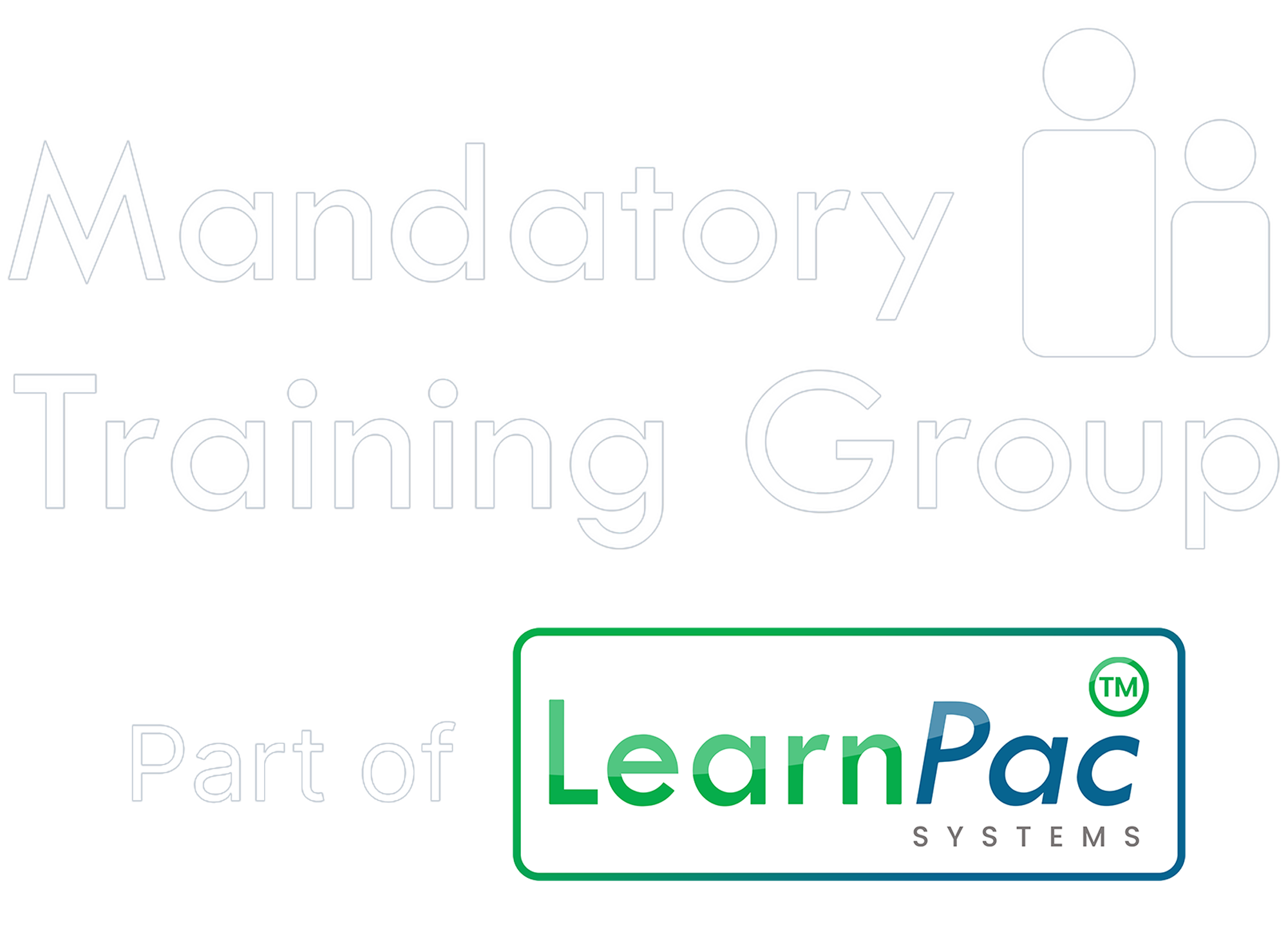You have no items in your shopping basket.
Key facts and statistics
The EYFS Framework was first introduced in 2008 and has undergone several revisions, with the most recent update taking effect in September 2021. It sets the standards for learning, development, and care for children from birth to age five across all early years settings, including nurseries, pre-schools, and childminders. According to the Department for Education, there are over 24,000 registered early years providers in England, each responsible for adhering to the EYFS Framework to ensure the safety, wellbeing, and educational progress of approximately 2.3 million children.
The importance of the EYFS Framework cannot be overstated. Research has shown that children who experience high-quality early education are more likely to achieve better academic outcomes, enjoy improved social and emotional development, and have higher levels of self-confidence as they transition to primary school and beyond.
Key definitions
Early Years Foundation Stage (EYFS) Framework
The EYFS Framework is a statutory document that sets the standards for learning, development, and care for children from birth to five years old. It aims to ensure that all children have access to high-quality education and care, enabling them to develop their full potential.
Prime areas of learning
The EYFS Framework identifies three prime areas of learning that are crucial for igniting children’s curiosity and enthusiasm for learning: Communication and Language, Physical Development, and Personal, Social, and Emotional Development. These prime areas are the foundation upon which other learning is built.
Specific areas of learning
In addition to the prime areas, the EYFS Framework outlines four specific areas of learning: Literacy, Mathematics, Understanding the World, and Expressive Arts and Design. These areas provide children with the essential skills and knowledge they need to succeed in school and life.
Safeguarding and welfare requirements
The EYFS Framework also includes specific requirements for safeguarding and promoting the welfare of children. These requirements cover areas such as child protection, staff qualifications, and health and safety, ensuring that children are kept safe and healthy while in early years settings.
Recommended best practices for implementing the EYFS framework
Comprehensive understanding and training
To effectively implement the EYFS Framework, it is essential that all staff in early years settings have a comprehensive understanding of its principles and requirements. This can be achieved through regular training and professional development opportunities. Investing in ongoing training ensures that practitioners remain up-to-date with any changes to the framework and are equipped with the knowledge and skills needed to deliver high-quality care and education.
Child-centred approach
The EYFS Framework emphasises the importance of a child-centred approach to learning. This means recognising each child’s unique abilities, interests, and needs, and tailoring activities and experiences accordingly. Practitioners should use observations and assessments to understand where each child is in their development and plan activities that challenge and engage them appropriately.
Parental involvement
Engaging parents and carers in their child’s learning and development is a key aspect of the EYFS Framework. Regular communication with parents, sharing observations, and involving them in setting learning goals can create a strong partnership that supports the child’s progress. Providing parents with resources and guidance on how they can support learning at home is also beneficial.
Regular review and reflection
Implementing the EYFS Framework is an ongoing process that requires regular review and reflection. Early years settings should establish a system for evaluating their practice, identifying areas for improvement, and making necessary adjustments. This could include peer observations, self-assessment tools, and feedback from parents and children.
Use of technology and resources
Incorporating technology and a wide range of resources can enhance the implementation of the EYFS Framework. Digital tools, such as online assessment platforms, can streamline the process of tracking children’s progress and sharing information with parents. Additionally, access to diverse educational materials can enrich the learning environment and provide children with varied and stimulating experiences.
Recommendations
To ensure successful implementation of the EYFS Framework in your early years setting, consider the following recommendations:
- Invest in Continuous Professional Development - Ensure that all staff members receive regular training on the EYFS Framework and its updates.
- Adopt a reflective practice - Regularly assess and reflect on your setting’s practices to identify areas for improvement.
- Engage parents actively - Foster strong partnerships with parents to support children’s learning both in the setting and at home.
- Utilise technology effectively - Make use of digital tools and resources to enhance learning experiences and streamline administrative processes.
Conclusion
Understanding and implementing the EYFS Framework is essential for providing high-quality early years education and care. By adhering to the framework’s standards, early years practitioners can create a nurturing and stimulating environment where children can flourish. Regular training, a child-centred approach, active parental involvement, and reflective practices are key to successful implementation.
As the early years sector continues to evolve, staying informed and compliant with the EYFS Framework will not only ensure regulatory compliance but also contribute to the betterment of the children in your care.
Get started with ComplyPlus™ to stay compliant with EYFS standards today!
About the author
Anna Nova Galeon
Anna, our wordsmith extraordinaire, plays a pivotal role in quality assurance. She collaborates seamlessly with subject matter experts and marketers to meet stringent quality standards. Her linguistic precision and meticulous attention to detail elevate our content, ensuring prominence, clarity, and alignment with global quality benchmarks.




